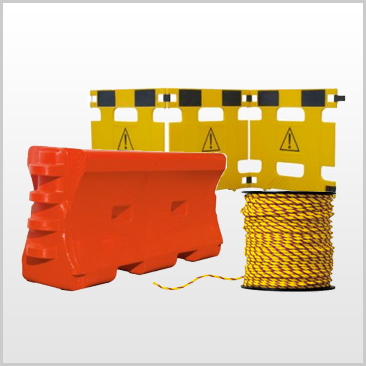In order to increase safety awareness in the trenching industry, the Occupational Safety and Health Administration (OSHA) has enacted a National Emphasis Program for trenching operations. However, it would seem that even the most common hazards of the job still tend to be disregarded. Many employers continue to receive citations for safety violations; and since 2003, there have been 200 deaths resulting from trench-related incidents, according to OSHA.
Fortunately, knowing a few basics about trenches can help people come up with the best means of protecting personnel in these worksites. From posting trench signs to comprehensive protective systems, taking the time to understand/review trenches goes a long way in developing the proper safety practices and standards for working in them.
Knowing the Lay of the Trench
A lot of the dangers encountered in trenches are due to its unstable nature as well as the work environment. One cubic yard of compacted dirt, for instance, can weigh as much as 2,500 pounds, or even more. To illustrate: that amount of dirt would fit into a 3” x 3” x 3” container.
Then there are different kinds of dirt, which naturally have different characteristics. OSHA’s classification of soils includes three different types. Clay, and soil mixtures with clay (such as sandy clay and clay loam), are classified as Type A soils, as well as cemented soil types such as hardpan and caliche.
Type B soils are soils that resemble crushed rock, such as angular gravel, sandy loam, silt loam, and silt. Type C soils include granular soils and wet soils, among which is sand, loamy sand and gravel. Soils in this category are considered the most unstable types of dirt.
The potential for cave-ins is perhaps the greatest risk to workers employed in trenches. There are other potential hazards, however, which include drowning, toxic fumes, asphyxiation, or electrocution by underground wires.
– See more here

